November 3, 2009
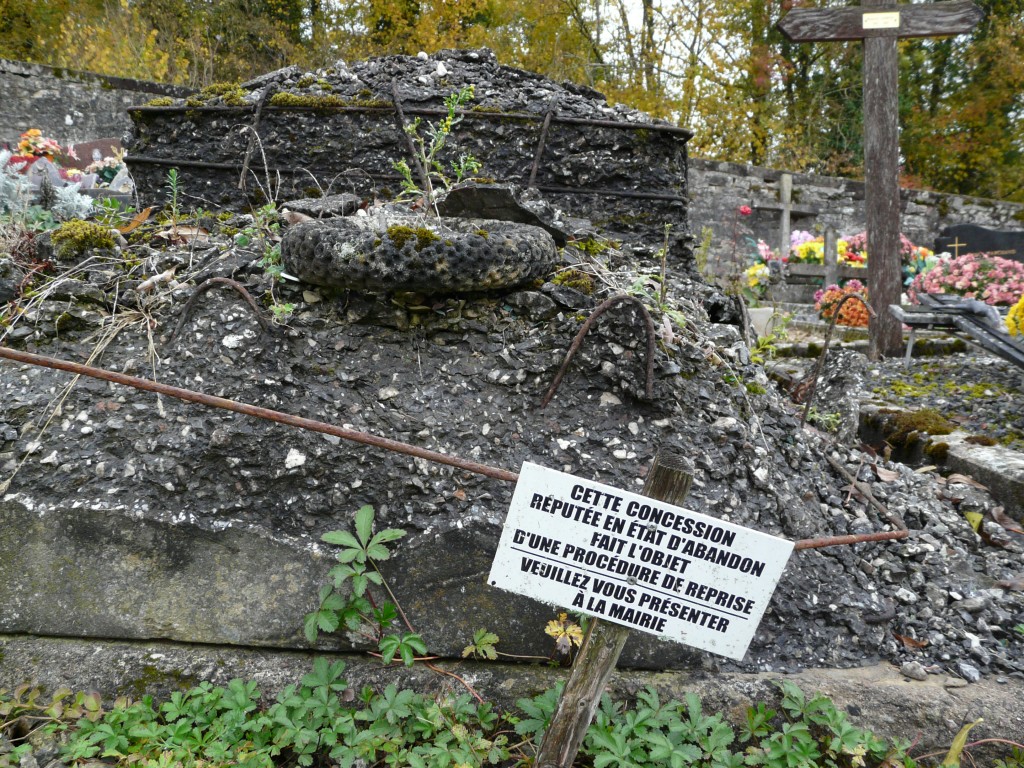
Closest Neighbors to the East: The Cemetery. The Serecourt mayor has placed an eviction notice on an 18th century grave at the cemetery next to our house. There are cracks and holes in the sides of this tomb, and I have peered in and things seem to be okay. But there are books in the Bourbonne-les-Bains library that tell of how the cemeteries of Serecourt and its neighboring villages were heavily contaminated with the Black Plague and other contagious diseases. Many of the stone tombs such as this one were intended to create a more hygenic resting place. But clearly, only for the short term.
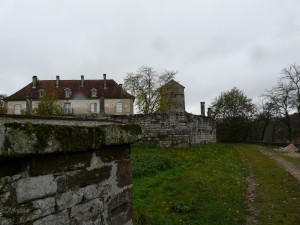
Neighbors to the West: convent and church
I’m living in a very old structure atop the Haut de Fee – or Hill of Faeries – it’s possible to learn more by looking into the Celtic fairy mounds, which were places of great enchantment and creative power. Prior to the Celts, these faery mounds were typically burial mounds. Like KRYZIU KALNAS in Lithuania that I photographed earlier this summer, this burial mound lost its ancient pagan status long ago, as the Christianization of Europe inexorably converted these spiritual sites by placing churches atop them.
The house on Haut de Fee is located on what’s likely an old Celtic Grave Road, which connected cemeteries through various routes through fields so that bodies were not carried through the main routes of human enterprise. Likewise, this little road connects the back of the churchyard to the cemetery, and winds its way away from town.
A three minute walk west takes me to the cemetery – a small and beautiful walled-and-gated place where eviction notices have been placed by the mayor at the oldest graves, and graves from the latter part of the 20th century have been put atop the old ones. Don’t know the outcome for the old bones – it’s unlikely that a town of 200 that has been continuously inhabited for a thousand years could keep its bodies in 15×15 meters square, unless it goes down quite deep into the earth.
And of course it does go down quite deep into the earth – we’re living on a burial mound. In which case, the cemetery is merely a little contemporary outcropping, a little dot on the side of something much larger.
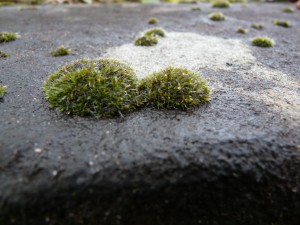
mosses on a tombstone
I arrived here on Samhein, which later became Halloween. Faerie hills enjoy their night of honor on Samhein, the one night each year when the doors open to the mounds and the veils thin and the faeries make their connections with the humans who rest nearest by. Since we were on top of their house, doubtless they did not have far to go.
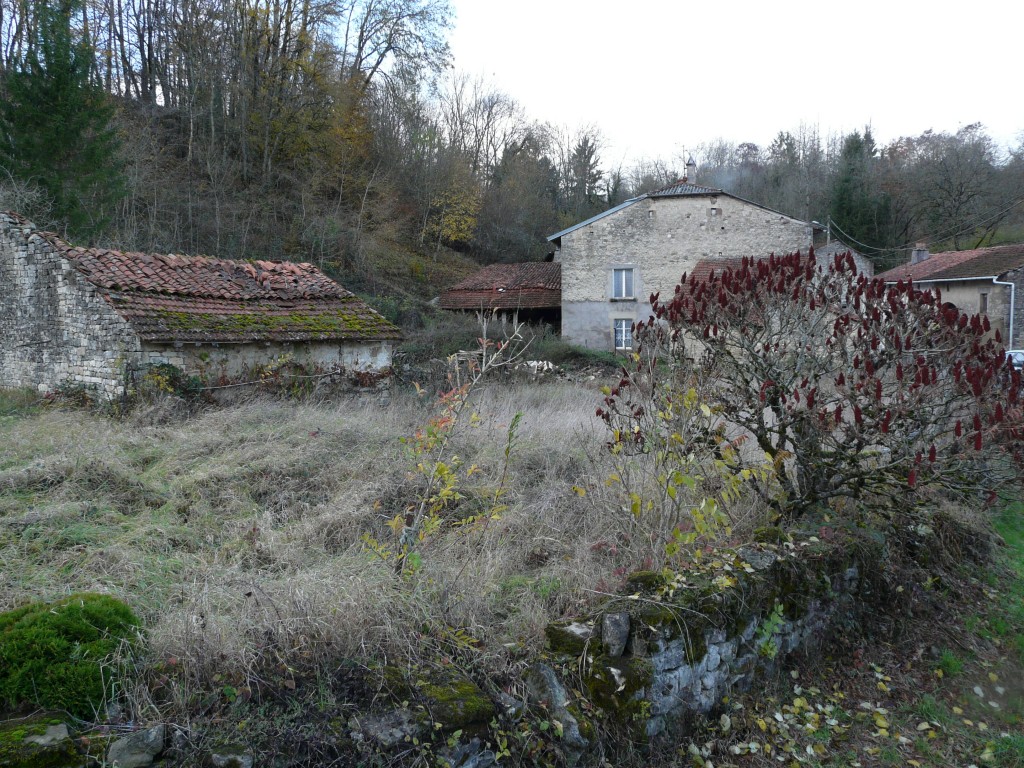
Alongside the Haut de Fee, where the mortals dwell
The day after Samhein is Toussaint – or All Saint’s Day. That’s the day when people are to go to the cemetery and care for the graves. I went out to discover fresh thyme and chrysanthemums on most of the graves – except those with eviction notices, of course. Although local politics seemed to be an issue, since many of the little white signs were taken off and piled into the corners of the walls.
Since then, I have become – for lack of anyone else – a little temporary caretaker. In the night, all the pots of flowers fall over, and in the morning I put them back again. There are lots of broken crucifixes that fall off the graves, and other matters that seem best attended to before beginning the morning photography experiments.
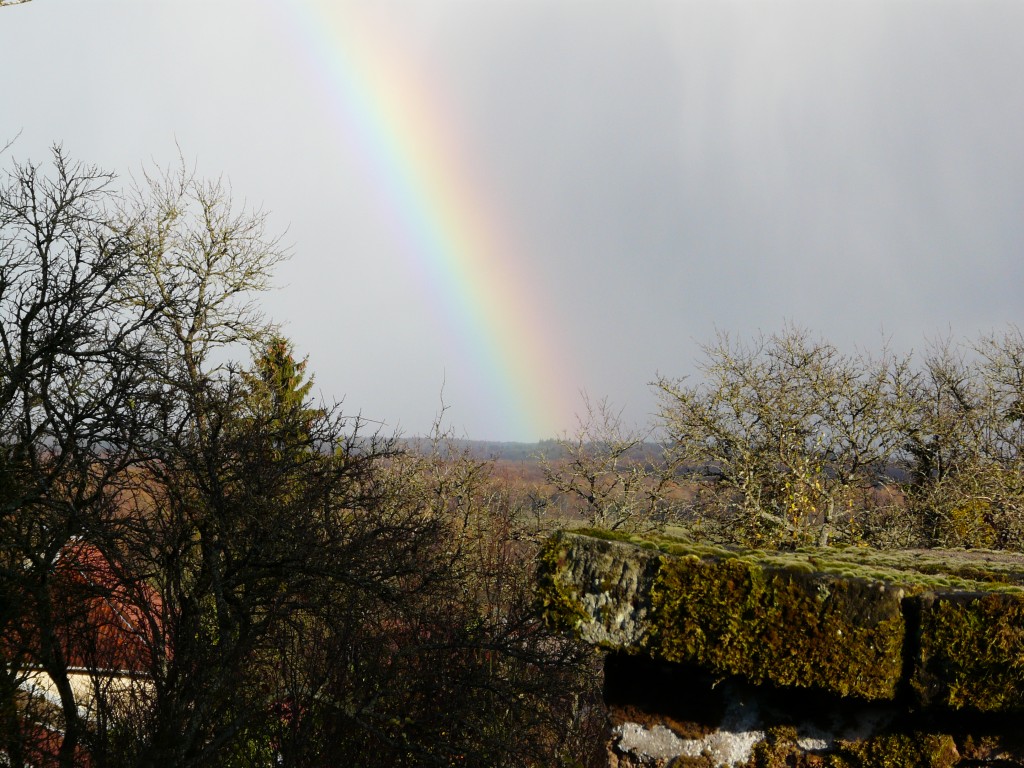
Standing at the gates of the convent, a rainbow arched over the burial mound. Ah, beautiful faeries.

Pretty.
Great work, I, like you, love cemeteries. Your thoughts took me several places, one was Lynchburg’s cemetery and the other was Nov. 1. On Nov. 1, In France they care care of the graves, in Mexico on that same day, Dia de los Muertos, Days of the Dead, in some cemeteries, the families (aside from cleaning the graves) sit, eat, drink, and listen to music with their dearly beloved. Diffferent cultures. I love your work and I only regret that I do not have sufficent time to read all that you write.